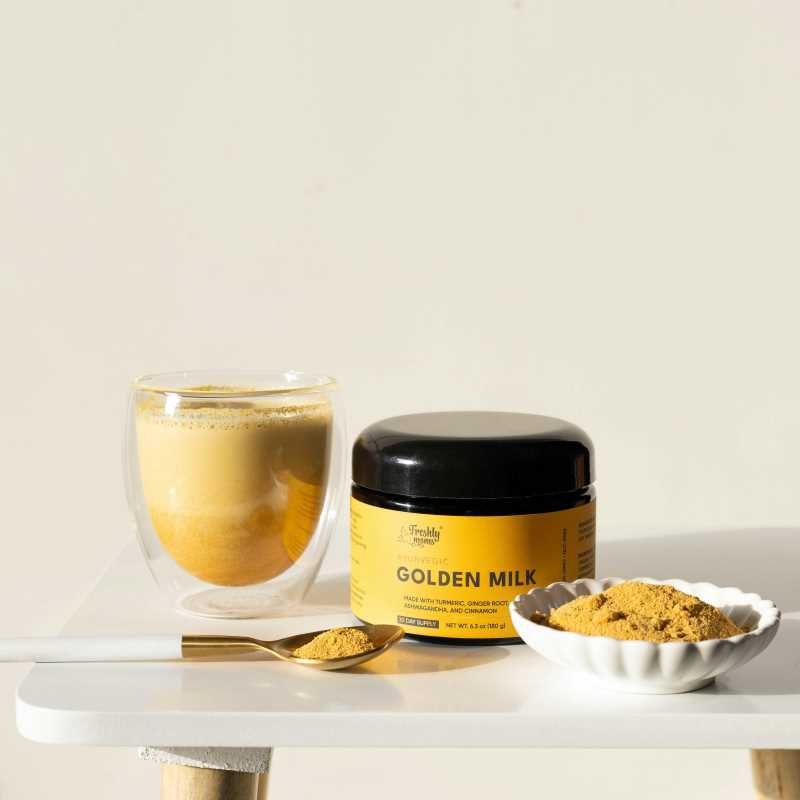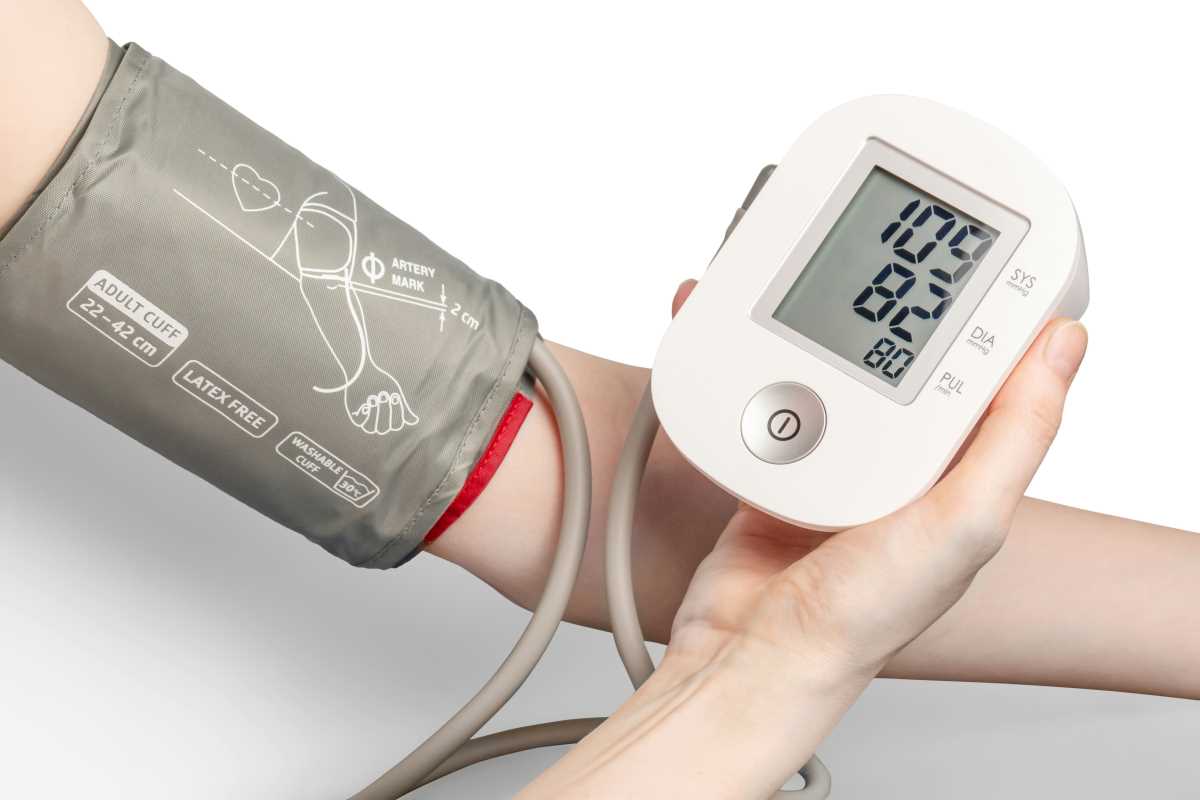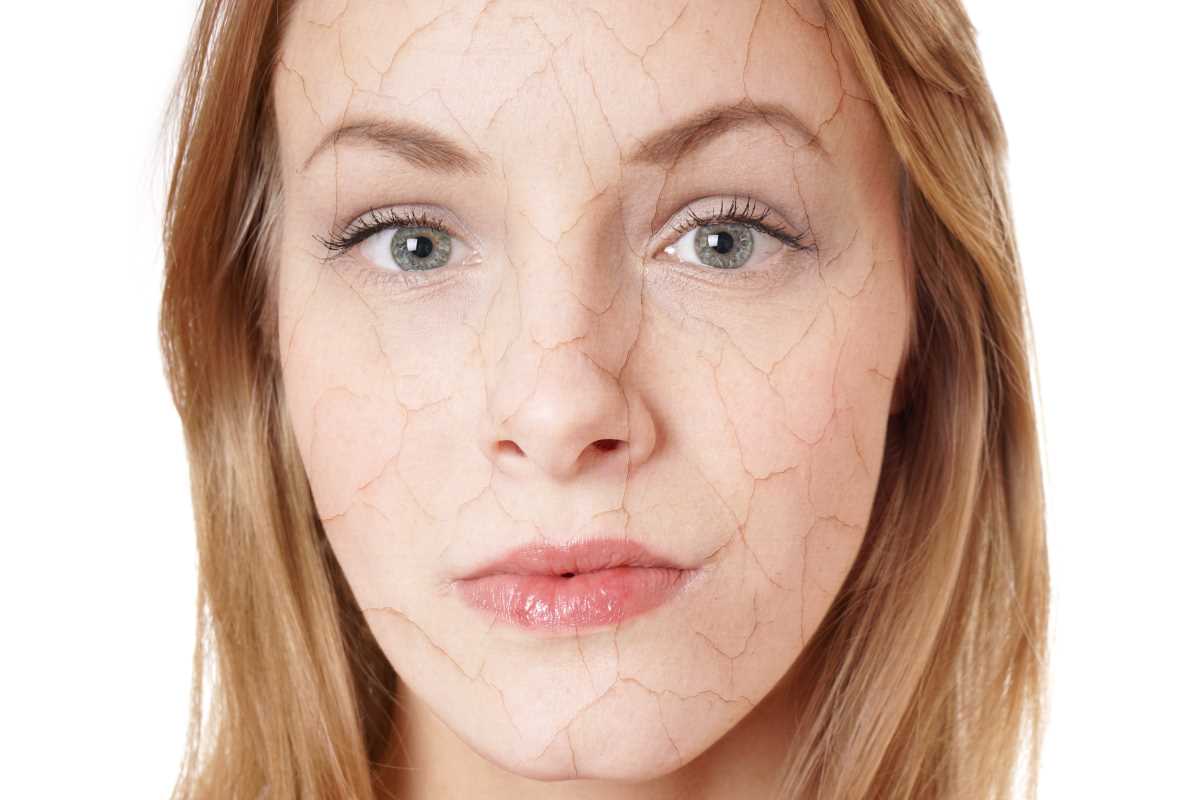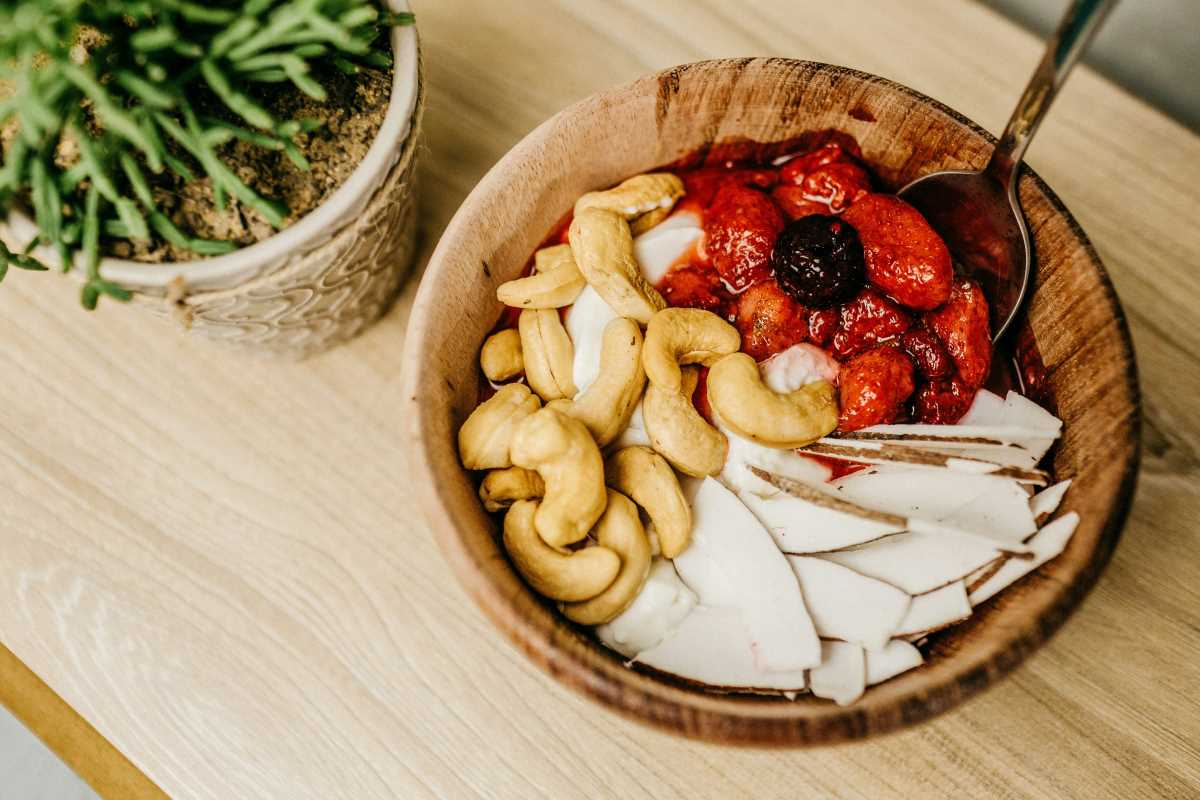Migraines aren’t just bad headaches; they’re like your brain’s way of flipping the "Closed for Business" sign while launching fireworks for dramatic effect. Throbbing pain, nausea, and sensitivity to light and sound can render even the toughest among us useless. While medication can be helpful, many people seek natural ways to manage these debilitating episodes. If you’re looking to reduce migraines without the side effects of pharmaceuticals, these five techniques might just be the game-changers you need.
Mastering the Art of Stress Reduction
Stress might as well come with a "Migraine Activator" sticker on it. Many migraines are triggered or made worse by stress, as if your brain is staging a protest over your to-do list. That’s why stress management is often at the top of any migraine relief strategy.
Meditation is a time-tested remedy that can help. Just 10 minutes a day of focused breathing or mindfulness exercises can calm a racing mind and, more importantly, the overactive pathways in your brain that contribute to migraine attacks. Guided apps like Headspace or Calm can make it simple even if you’re a meditation newbie.
For a more physical approach, yoga pulls double duty by relieving muscle tension while helping you chill out. Choose slower styles like Hatha or Yin, where gentle stretches and focus on your breath take center stage. Plus, practicing yoga is a valid excuse to wear stretchy pants all day.
Even laughter has stress-reducing powers. Watch a funny movie, spend time with hilarious friends, or scroll through videos of cats trying (and failing) to jump onto countertops. Every giggle helps lower cortisol, the stress hormone, and might just save your weekend from turning into a migraine marathon.
Need quick stress fixes? Here are some go-to stress reducers:
- Deep breathing exercises, especially belly breaths
- Journaling about what’s bugging you (and then ripping up the page in triumph)
- Taking a quiet walk in nature to reset your mental state
The key is finding what helps you unwind before the migraine has a chance to crash the party.
Fine-Tuning Your Diet
Ever notice how migraines sometimes feel like a terrible food hangover? That’s because the wrong kind of fuel can set off fireworks in your head. Common triggers include caffeine (too much, not enough, or just at the wrong time), processed foods, and artificial sweeteners like aspartame. But identifying culprits can sometimes feel like solving a gastronomical Rubik’s Cube.
Keeping a food diary is your first line of defense. Tracking what you eat and when migraines strike can help uncover patterns. Did that triple venti caramel macchiato coincide suspiciously with your headache? Was that cheese platter actually a ticking time bomb? If so, that diary will spill the beans (or should we say spill the brie).
While avoiding triggers is crucial, adding the right foods can also help. Magnesium-rich options like spinach, almonds, and avocados are famous for calming the nervous system. Some research even suggests that a lack of magnesium might make you more prone to migraines in the first place!
Hydration is equally vital. Dehydration can sneak attack your system, especially if it’s hot outside or you’ve been busy and forgotten to drink water. Aim for eight cups a day, but more on active days or if you’re sweating buckets at the gym.
Pro tip for migraine-friendly snacking:
- Slice up fresh cucumbers with a sprinkle of sea salt
- Swap your afternoon candy bar for a banana (potassium is your friend)
- Indulge in dark chocolate (70% or higher cacao) as a treat without the sugar traps
Food should empower your day, not ruin it. A little dietary detective work can make all the difference.
Sleeping Smart for Fewer Attacks
Migraines love irregular sleep schedules. Too little sleep, too much sleep, sleeping at odd hours? It’s all fertile ground for triggering one of those oh-so-fun episodes. Think of your brain like a toddler who thrives on routine. Mess up their nap schedule, and they’ll throw a tantrum you won’t soon forget.
Consistency is the secret. Try to wake up and go to bed at the same time every day (yes, even on weekends). Your internal clock, or circadian rhythm, plays a big role in migraine prevention, and giving it structure is like sending it a love letter sealed with a kiss.
Your bedroom setup matters, too. Bright lights, loud noises, or uncomfortable pillows? Fix it. Add blackout curtains, invest in noise machines or earplugs, and test out ergonomically friendly pillows that align your neck and spine.
Feeling restless before bed? Prep your brain for sleep with a wind-down routine. Swap out screens (TVs, phones, tablets) for softer activities like reading or taking a warm bath. Your brain will take the hint and start powering down accordingly.
How to tuck yourself in migraine-free:
- Avoid alcohol or caffeine at least four hours before bedtime
- Dab a little lavender oil on your pillow for a calming scent
- Keep your bedroom cool but cozy enough to cocoon yourself
Prioritizing good sleep habits might just be the ticket to keeping migraines at bay.
Harnessing the Power of Acupressure
A poke here, a squeeze there, is acupressure really legit for migraines? While it might sound like pseudoscience, this ancient Chinese technique has shown promising results for many sufferers. The idea is simple yet oddly effective: certain pressure points in your body are connected to your nervous system, and stimulating them might help bring relief. Kind of like rebooting your mental Wi-Fi router.
One of the most well-known pressure points is LI-4, also known as the Hegu point. Located between the thumb and index finger, gently rubbing or pressing here can help relieve headache tension. Use firm pressure in circular motions for a few minutes on each hand, switching when needed.
If neck tension adds to your migraine woes, the GB-20 points (aka the "gate of consciousness") are worth exploring. Found at the base of your skull, these spots can relieve tightness and promote better blood flow to the noggin.
Want a DIY acupressure cheat sheet?
- LI-4, between thumb and index finger, to alleviate headache pressure
- GB-20, base of the skull, to relieve neck tension
- ST-8, near the temples, to address light sensitivity and throbbing pain
You don’t need fancy tools; just clean hands, some gentle pressure, and patience. Combine acupressure with deep breathing to double its relaxing effects.
Staying Active Without Overdoing It
Exercise? With a migraine? Hear us out. While intense marathons or boot camps can trigger migraines (thanks to rapid blood flow changes), low-impact activities might actually prevent them. Why? Exercise boosts endorphins, your natural painkillers, and reduces stress, one of the biggest triggers.
Start slow with activities like walking, swimming, or biking. Even Pilates or light stretching can help keep your body moving without sending your head on a dizzying downward spiral. Aim for 20–30 minutes, three times a week, to start reaping the benefits.
Feeling hesitant? Pair movement with joy. Dance around your living room to your favorite playlist, toss a ball around with a pet, or try nature hikes that also feed your soul. You don’t have to sprint; just shift the focus to regular, gentle motion.
Stay migraine-safe while staying moving:
- Warm-up and cool down to avoid sudden blood flow changes
- Stay hydrated before, during, and after physical activity
- Listen to your body and skip high-impact moves on vulnerable days
The goal isn’t to turn into a fitness guru overnight, but to keep your body limber and your mind happy.
Final Thoughts for Migraine-Free Days
Managing migraines naturally isn’t about finding a quick fix; it’s about creating a lifestyle that minimizes triggers while maximizing overall wellness. From fine-tuning your diet and stress management to developing consistent sleep patterns and incorporating gentle exercises, these strategies work together to dial down migraine frequency and intensity.
Migraine-free living might not happen overnight, but with a bit of patience, self-care, and experimentation, you’ll discover your unique migraine-proof routine. And hey, at least now you know where your pressure points and magnesium stash are, right?
 (Image via
(Image via





